
Business casual is quickly becoming one of the most common workplace dress codes, but many men still don’t know what it means. In this guide we’ll be looking at what business casual is, how to dress business casual and which styles to avoid.
What is Business Casual for Men?
Business casual is more of a style of dress, rather than a specific recipe that you must follow. It also differs significantly depending on the context, meaning that business casual for a start-up is unlikely to be the same as business casual for an investment banker. Even within a dress code there can be varying degrees of formality depending on the situation.
To understand what business casual men should dress like you need to understand the purpose of the dress code which is to slightly reduce the formality of your usual business wear. Therefore, what business casual is for you will depend on what you would be expected to wear for the most formal parts of your job.
If we take an investment banker who is expected to wear a thick wool suit in a dark color with black dress shoes, business casual would still require dress pants, a shirt and a tie.
But for a software programmer who at his most formal wears a sports blazer and dress pants, business casual could mean khakis, suede shoes and a sweater.
We’ll give you some specific suggestions later in this guide depending on what your job is and how you like to dress, but for now you should think about dressing down slightly from your most formal dress code.
Business Casual in Traditional Corporate Jobs
For most traditional corporate (or white-collar) jobs business casual essentially means no suit, no jeans. The key is to compromise, dressing down your existing outfit rather than swapping it out for something more fitting for a bar.
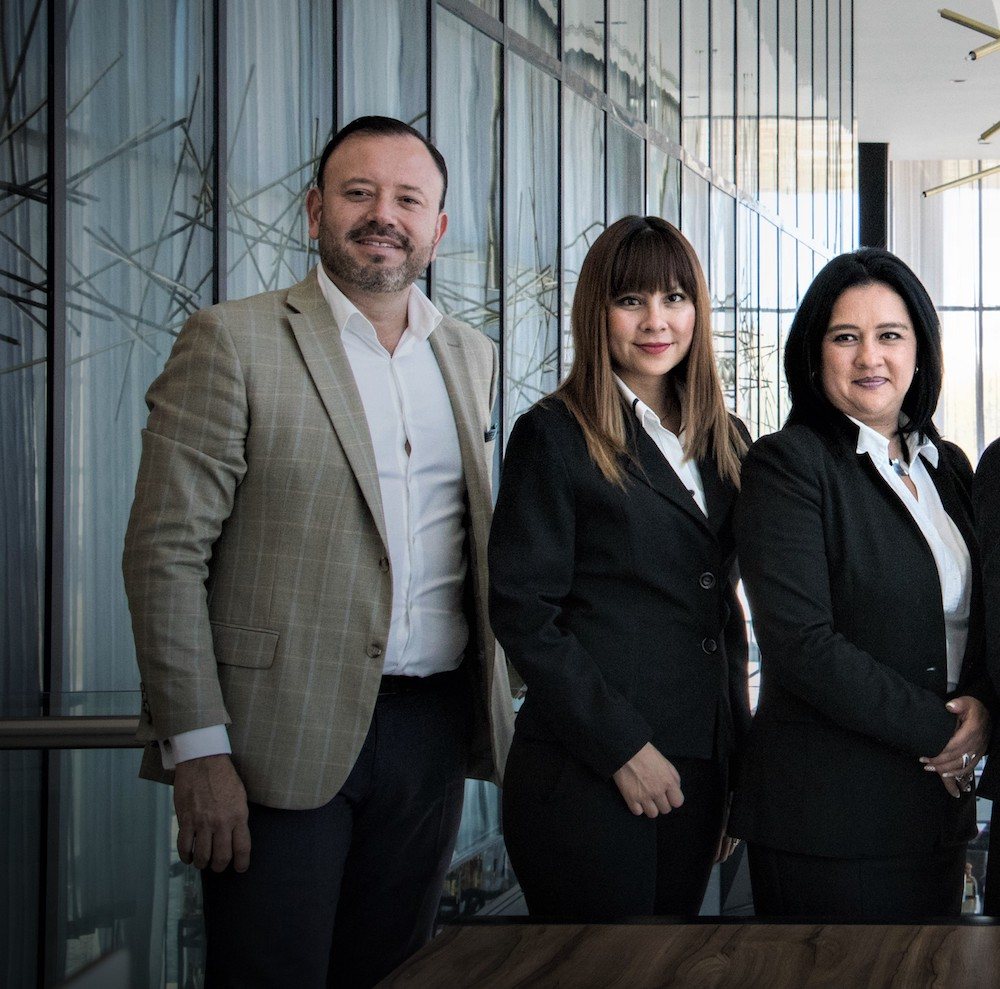
Blazer or Sport Coat
In most corporate jobs you will still be expected to wear a blazer for formality, but it shouldn’t need to be matching to your dress pants. Choosing a smart color is ideal, navy is the obvious choice because it’s still relatively formal while generally being considered more casual than black or gray.
Most men should opt for a single breasted blazer because it is less formal while also suiting the majority. Double-breasted jackets on the other hand can look out of place on men who aren’t tall.
When it comes to a blazer you should try to maintain formality, avoiding loud patterns or bright colors which wouldn’t be appropriate in the office.
Long Sleeve Dress Shirt
White-collar employers will normally expect you to wear a long sleeved dress shirt even if the dress code calls for business casual. But this doesn’t mean that it needs to be the same shirt that you wear day-in and day-out.
Poplin can be dropped for cotton dress shirts in white, light blue or pastel. But if you’re looking for something even more casual you could consider an Oxford dress shirt which can be worn with or without a tie depending on the formality of your office.
Do You Need to Wear a Tie for Business Casual?
Almost all would agree that even in white-collar jobs business casual doesn’t necessarily demand you to wear a tie. On the other hand, you can certainly wear a more casual tie if you would prefer.
Most men will choose to drop the tie for business casual, leaving the top button of their dress shirt open. But if you do this you should be careful to ensure that your undershirt is not visible, choose a v-neck instead.

Trousers for Business Casual at Work
The trousers that you choose can either make or break your outfit. For the most formal corporate environment likes large conglomerate banks you should probably stick to dress pants, but in slightly smaller companies or less formal environments there are other options.
As with the other pieces you wear, you need to find the appropriate balance across your entire outfit with regards to formality. You can get away with khakis, but only if you’re wearing a smarter shirt or blazer.
Dress Pants
Dress pants are the go-to for white-collar jobs, but they don’t have to be the same dark colored pair that you wear normally. Opting for a small pattern on your pants or just an abnormal color is an excellent way to turn a usually formal pair of pants into something more casual, fun and personable.
Of course, there are colors which are unlikely to be appropriate for a corporate office i.e. bright red or yellow, but sticking to traditional tailoring options can look great.
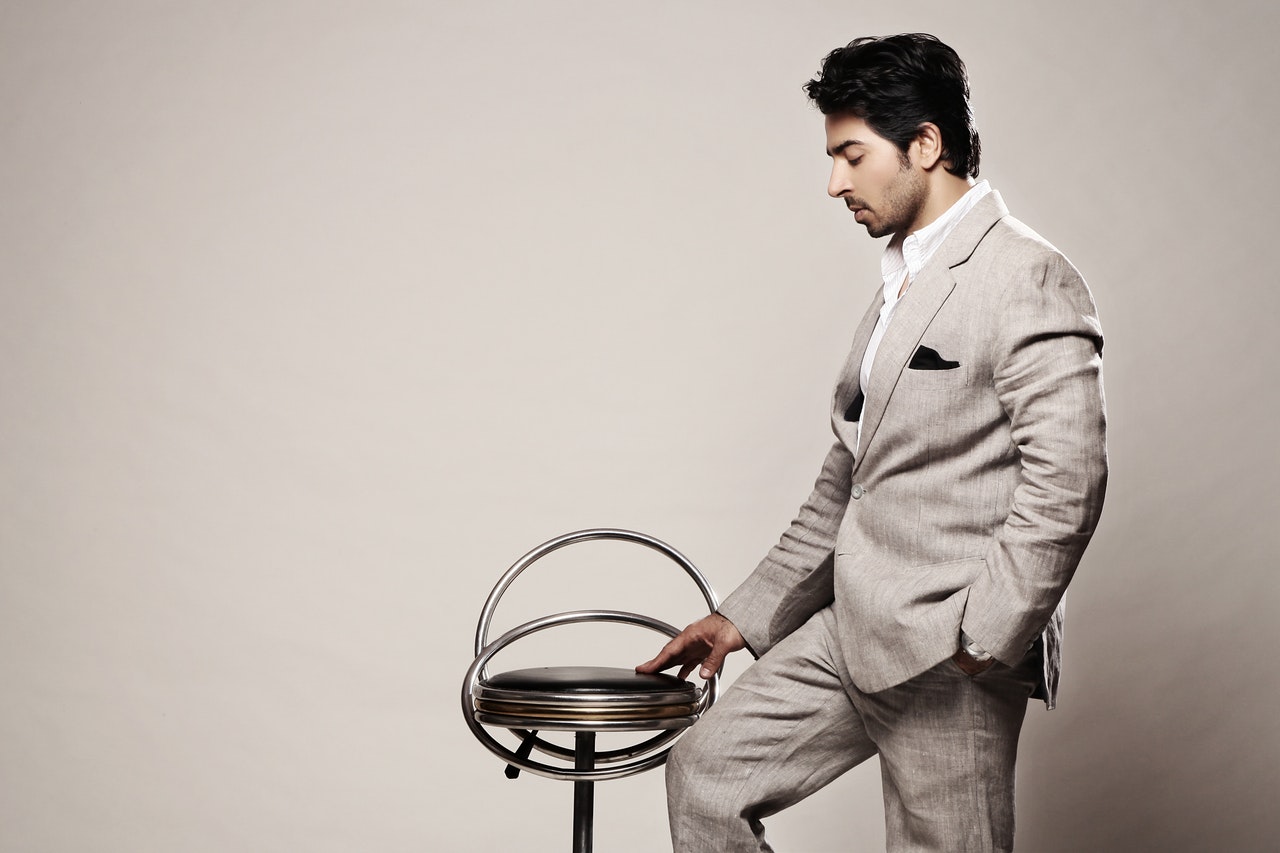
Chinos or Khakis
The other common alternative is a pair of chinos or khakis which are clearly far less formal and might be inappropriate for some companies. If you are in doubt then it might be wise to opt to dress more formal.
But for many work environments a pair of chinos can be the perfect choice because they are relatively casual, incredibly comfortable and can go with a variety of outfits. Ideally a casual pant like the chino or khaki can be dressed up by combining it with a contrasting blazer in a smart shade.
When you’re choosing a khaki you should consider whether it has pleats, the color and the cuffs. Flat-fronted pants are less formal than a pleat, similarly, having a cuff on a pant is more professional. But when it comes to color there is some debate; khakis are usually worn in a dust color because of the military, but this has become synonymous with country parties.
Our advice would be to choose a slightly darker color or perhaps even a navy chino which some would consider more professional. Chinos for white-collar jobs should be tailored, worn similarly to a dress pant with a slim with the doesn’t clump around your shoes.
Sweaters and Vests
Sweaters are great for the coldest days under a coat, or for relatively warm ones where you’re going without an overcoat. Either worn as a shirt under a blazer, or over a collared dress shirt, the sweater can dress down an otherwise formal outfit.
Presumably you’re not wearing a tie, so there is no reason to choose a v-neck. Instead, opt for a crew neck sweater in a professional color that goes well with your pants. For dress pants you might consider a sweater in a similar color but slightly darker, i.e. a dark navy sweater for navy pants.
Accessorize with Watches, Ties and Pocket Squares
Most professional work environments would prefer to limit the number of accessories that you wear, because a clean suit without any distraction is preferable. But for a business casual dress code you can go all out, including pocket squares, watches, ties, pins and even cuff links.
Again, you should consider the formality of your normal work environment. Flamboyant pocket squares can look fantastic in casual offices, but for a corporate bank they might not be appropriate.
There are two main types of watch you might consider; leather or silver metal. Alternatives such as fabric or gold are far too casual for business casual, instead, leave them for casual or smart casual events.
Leather is usually considered more formal than silver so choose depending on the formality of the rest of your outfit. If it skews to casual then you can dress it up with a leather watch, if it’s perhaps a little too businesslike then a shiny silver timepiece can make it more casual.
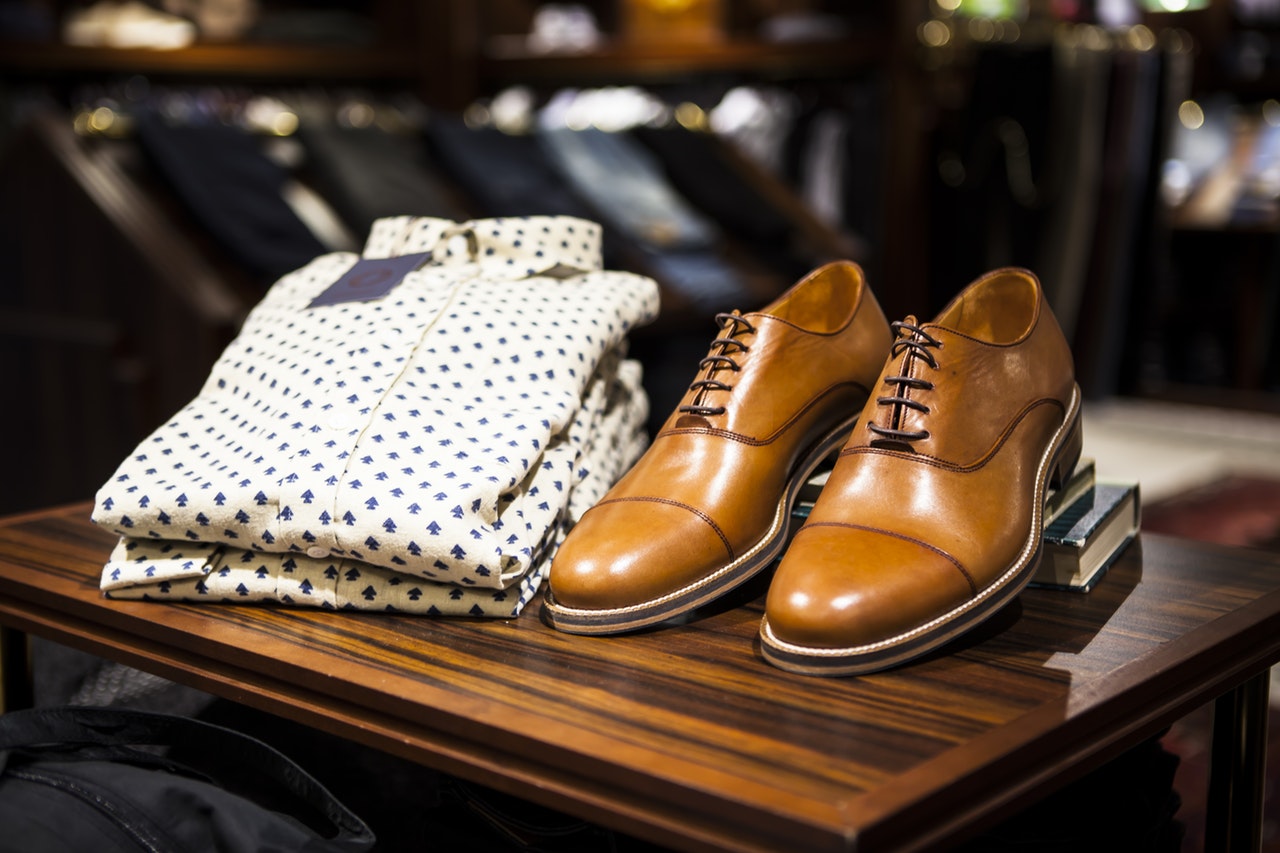
Smart Shoes or Boots
Plenty of guys slip up when it comes to shoes, possibly because they have only a few options or just because they don’t know which to wear. For business casual in a white-collar corporate office it’s almost always best to opt for classic leather shoes like Oxford or Derby shoes in a black or brown color.
You might also consider dressing your outfit down slightly with a more casual leather shoe like a double monk strap or a Chelsea boot. But for white collar corporate environments loafers or chukka boots are unlikely to be appropriate.
Some men are resistant to wearing leather dress shoes to work with business casual because they fear that dress shoes are too formal. Realistically, Oxford and Derby shoes can be worn with everything from a black suit through to jeans.
They are incredibly versatile and you must be realistic; most of us don't want to have to purchase another pair or two of shoes just for business casual.
Professional Work Bags
Choosing the right bag is vital, not least because many of us see men wearing backpacks with suits which while practical can make you look a little ridiculous. But you don't have to give up practicality entirely, there are a few appropriate, beautiful and practical bags out there.
Your first choice would be a leather bag that's not too dissimilar to what many women carry. These are incredibly common in cities around the world and they are the best option for wearing with business casual outfits.
Ideally you can match the color of the leather on the bag to your shoes and belt, making your outfit even better.
If you're looking for a bag with a strap then a leather carryall or messenger bag could work. When it comes to your bag you should look for a dark and plain leather that screams business casual rather than a suede or texture that's more schoolboy.
Business Casual in Relaxed Corporate Offices
If you work in an office that is more relaxed corporate office i.e. sales, trade positions, service jobs, then you can tone down the formality of your outfit even further.
At this point the lines begin to blur quite heavily between business and casual, because many employers aren't particularly bothered whether you wear a linen blazer or jeans. There lies the problem with business casual, it has no strict definition and therefore you must tailor our guidelines to your office.
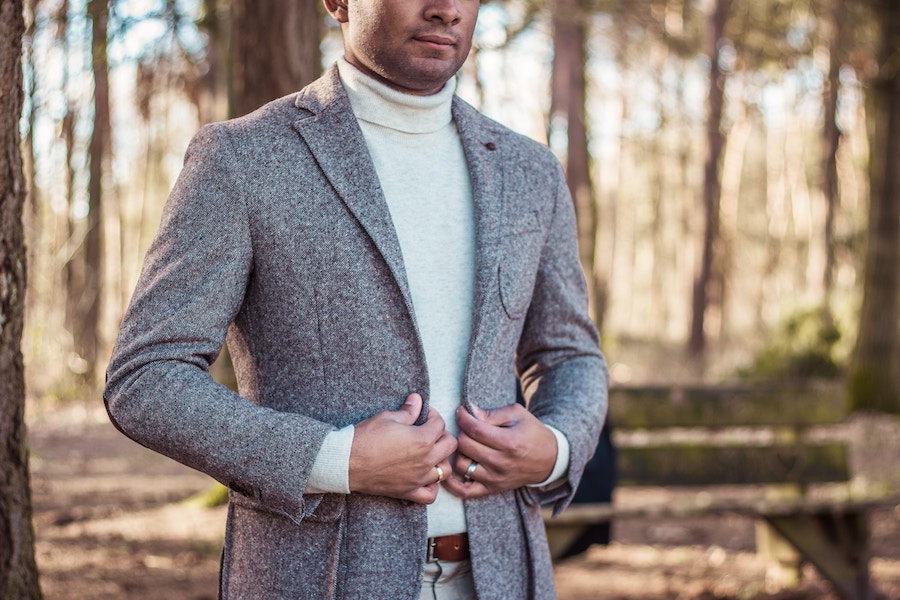
Blazers and Jackets
For a casual office wearing a jacket is certainly optional. There is no need to wear one and if you do choose to, you should opt for a casual color like cream or a pastel rather than gray or black.
Most men would prefer to go without a blazer because they can be uncomfortable and unpractical. But you could choose a cardigan instead which can add a little extra to your outfit without being overly formal.
Shirts for Casual Corporate Offices
Unlike traditional white collar careers like lawyers and bankers, those of us that work in slightly more casual offices have more freedom with the shirts that we wear.
For us, a clean white dress shirt and tie might not be appropriate. Instead, patterned and striped button-down dress shirts can look much better because they are still relatively formal while being more exciting than a solid white or blue color.
Alternatively, some offices will allow for long-sleeved polo shirts. If you do choose to wear a polo we would advise you to avoid thick cotton which can look informal. Instead, a thin piqué cotton or merino wool or silk can look great.
As you might expect, it's wise to tuck-in any shirt that you wear otherwise you'll find yourself looking too informal even for a less corporate office.

Neckwear or Ties
For less corporate offices you can usually opt out of wearing a tie, but that doesn't mean that you should. Depending on the outfit that you are wearing neckwear can enhance it.
You don't have to wear a silk tie that you might in a formal environment, there are cotton and polyester ties which are more casual and that will look great with a blazer and pants.
Pants for a Less Corporate Office
Dress pants are still a fine option for this type of office, but the majority of your coworkers are likely to choose khakis, chinos or even corduroy. If you do wear dress pants then you can dress-down your outfit by opting to go without a tie or blazer and choosing a patterned rather than solid dress shirt.
Khakis are the obvious choice for business casual in a more casual office because they are comfortable, easy to wash and can be worn with a variety of outfits.
Across North America, the khaki and dress shirt combination is incredibly common. But you do need to be careful with the type of shirt that you choose. For wearing with dusk khakis or chinos you are best to choose shirts with blue, white, green or pink tones.
Other colors often get washed-out or look odd next to the light shade of the khaki. Pleated khakis will look best with smart dress shirts, but for casual shirts or polos a flat-fronted pant without cuffs is ideal.

Accessorizing in a Business Casual Office
Unlike a formal corporate office, those of us that work in less corporate companies have far more flexibility. You should certainly be wearing a watch, but it doesn't need to be a leather dress piece, you could choose metal or even a fabric timepiece as long as it still looks clean and professional.
However, you can go further than this. A small ring might be worn, as could a casual pocket square. But we would still advise heavily against any informal pieces such as necklaces, multiple rings, earrings or caps.
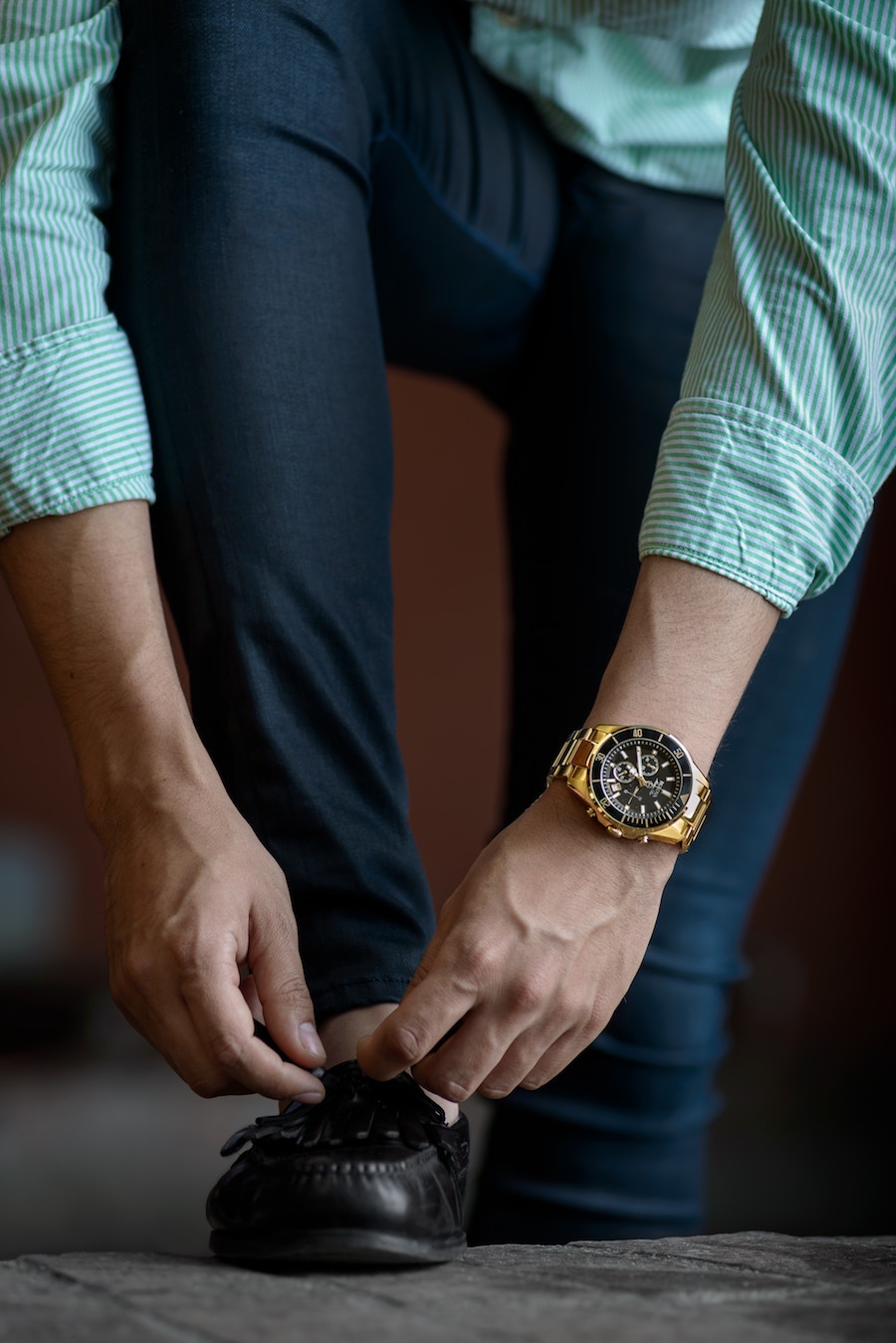
Shoes and Boots in Less Formal Offices
For business casual corporate offices that are common with white collar jobs we recommended that you opt for leather dress shoes only in black or brown.
But for those of you who work in less corporate offices which are common with sales and service positions, there are a wide variety of shoes which might be appropriate.
Fundamentally you should pick shoes that go well with both dress pants and khakis. For example; tennis shoes don't fit, but leather loafers, Chelsea boots, dress shoes, chukka boots and suede shoes could look fantastic.
As always, ensure that your shoes are clean and professional. Throw out any old and tattered pairs which will only ruin the rest of your outfit.
What Bag to Wear for Business Casual?
Leather bags are almost always the right choice, but a smart canvas satchel or briefcase could work just as well. We would recommend that you be conservative with your bag choice, opting for dark colors, but a splash of color here or there isn't going to tarnish your outfit.
As with white collar offices, leather handbags, messenger bags and satchels are the obvious choices. But if you have more to carry, perhaps because of gym attire for after work, a weekender or carryall in a smart leather could be a fine option.
Business Casual for Startups and College
Many of you are still studying at college or university, or are working for startups and other informal companies. In these environments dress codes are loose, but there will always be occasions when a business casual outfit is mandatory.
In school this might be for a class presentations or trip, but for a startup it could be meeting with potential clients or investors. In all of these circumstances you want to put your best foot forward and to appear professional to those that you meet.

Jackets and Blazers
Blazers are far from mandatory, but a casual jacket will never look out of place so long as it is worn over a collared shirt. It's up to you to decide whether you wear one or not, but you might consider that you can easily take your jacket off, but you can't pull one out of thin air.
Opting for a cotton blend in a casual color rather than a polyester or silk is the smart choice, cotton is more casual and will look better with informal items like jeans and loafers.
What Shirts to Wear for School or a Startup?
When you're attending school or working in a startup you have far more flexibility when it comes to your dress code, so don't be afraid to let your personality shine through. Everything from t-shirts through to dress shirts is acceptable, but remember that others will judge you based on your appearance.
For most men we would suggest that they avoid t-shirts, opting for at least a henley shirt, or potentially a polo or button-down shirt. All of these options can be worn with jeans, making them the obvious pick for younger men who want to dress well without being overly formal.
Regardless of the type of shirt that you are wearing you should avoid prints. Look for solid colors on polos, henley shirts and button-down shirts. But if you opt for a dress shirt the formality of the shirt means that it can be patterned and still be dressier than a short-sleeved polo.
It can seem complicated, but try and look at the overall formality of the outfit and balance pieces out. A dress shirt can be dressed-down by jeans, whereas a polo can be dressed-up with pleated khakis.
You might also consider wearing an additional layer like a sweater or cardigan, both can look fantastic presuming that they are in a smart color and are worn with collared shirts.

Pants for College and Startups
There are two real options for pants; khakis or jeans. Of course, there are alternatives but none are as professional or as easy to dress-up and down.
Khakis should always be worn in a dust or sand color, preferably without pleats or cuffs when being paired with more casual shoes and shirts.
But with jeans you have greater freedom over both the style and the wash. The most professional wash of denim is a very dark indigo, with the most casual being a light blue. Black can also be worn but it's generally considered to be rather casual.
With regards to fit, a slim or tailored style is the most formal while skinny or loose jeans are best worn away from the office. A tailored indigo jean can easily be worn with black or brown Oxford shoes, loafers and Chelsea boots.
The versatility of a smart pair of jeans makes them a great choice for students and startup employees who often don't have the money to splash on more expensive clothes or multiple pieces.

Source: https://content.artofmanliness.com/uploads/2016/04/mcqueen-sweater.jpg
Shoes and Boots for Students
You might be able to get away with wearing sneakers at school or in a startup, but just because you can, it doesn't mean that you should. Put your best foot forward and pick up leather shoes, loafers, driving mocs or a pair of Chelsea boots.
Remember, the purpose of business casual is to be able to swap to business at the drop of a hat, that's going to be difficult if you're wearing tennis shoes or sneakers. Loafers and Chelsea boots are a stylish compromise, they fit the part and are more formal than tennis shoes or sneakers.
Bags for College Students
A leather or canvas messenger bag is part of the go-to apparel for a student or startup employees. They are incredibly practical, giving you plenty of space for a laptop and a snack for lunch, without looking unprofessional.
Even though your environment is relatively casual it pays to dress better than the crowds, which is why a plain bag in dark shades is preferable to something flashy or bright.
Business Casual Outwear
If you spent any significant amount of time outdoors, whether moving between buildings or commuting to work, it pays to invest in quality outerwear that is protective but also stylish.
Many of us have stacks of outerwear, but your ski coat is going to ruin the wonderful outfit that you have underneath. Instead, invest in outerwear that will complement your attire rather than hiding it.
We'll be covering a few different options but you'd be wise to tailor our recommendations to your environment. For those of you living on the East Coast, adding a few layers underneath a coat can go a long way, and some of our suggestions might not be appropriate all year.
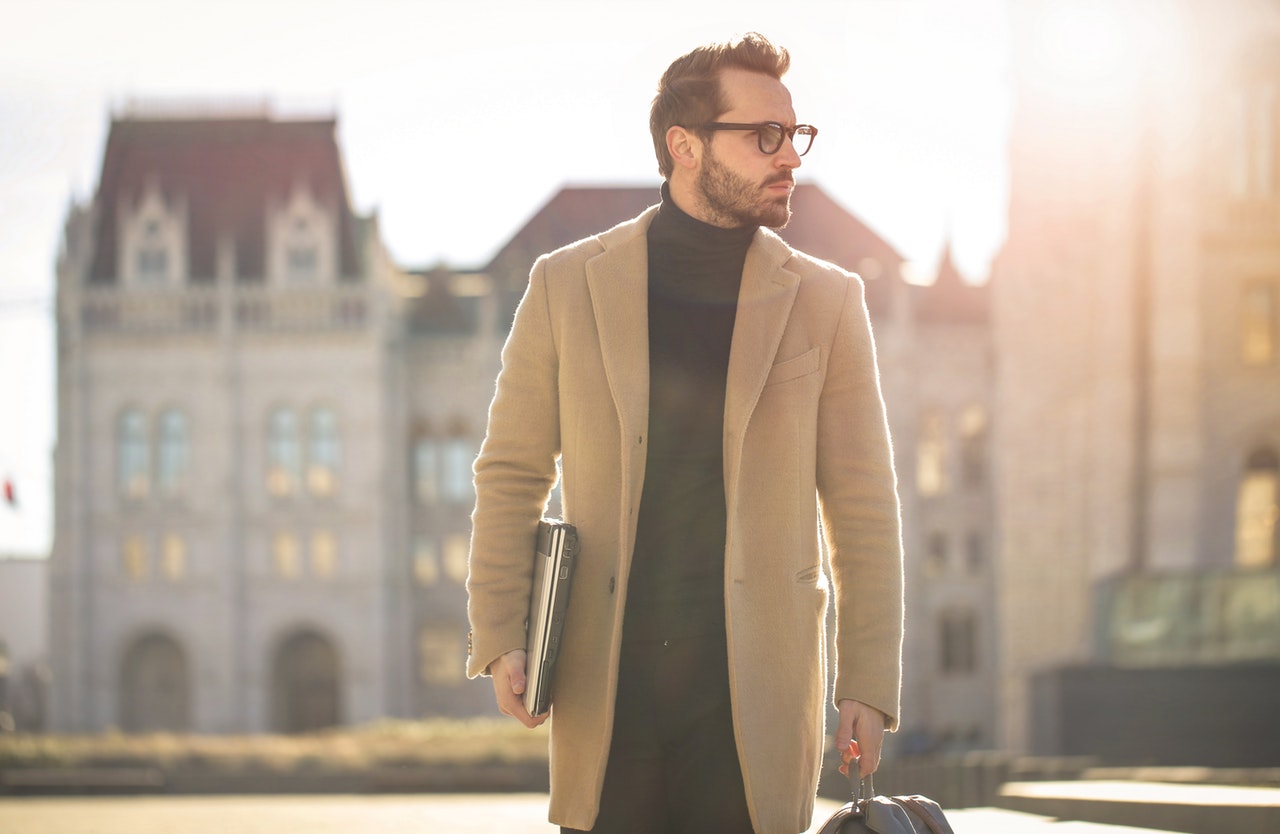
Overcoat
The overcoat is making a resurgence, not least because of the practicality it offers during the colder months of the year. It can be worn comfortably over jackets and blazers, while still looking stylish.
The fantastic thing about an overcoat is that it can go with a wide range of outfits. Presuming you choose a dark color with a traditional cut, an overcoat will work just as well with a smart pair of jeans and Chelsea boots, as with a suit and Oxford dress shoes.
Most overcoats can be found in colors like black, gray, navy and camel. For business casual you'll struggle to go wrong with a black or gray, whereas navy and camel are less formal and can clash with other colors in your outfit.

Trench Coats
Not as popular as they once were, trench coats have been a key part of the American gentleman's wardrobe for decades. The perfect combination of form and functionality, the trench coat is ideal for rainy days when an overcoat or quilted jacket doesn't provide enough protection.
Unlike overcoats, trench coats are commonly found in light colors like beige and cream, making them a great option for showing some individuality.
Despite being less popular than other types of coat, the trench is arguably one of the most stylish. It cuts a strong silhouette and have traditionally masculine lapels and collars, with belts and straps across the waist and cuffs.
Quilted Jackets
The quilted jacket is another great option for business casual attire, though it leans heavily towards casual rather than business. For this reason it's most appropriate for those working in less corporate offices and probably shouldn't be worn with a suit or when you are wearing a tie.
But for wearing with khaki, jeans, polo shirts and button-down shirts, the quilted jacket is not only incredibly comfortable, it's stylish and will protect you from the wind.
Most commonly quilted jackets are found in olive and brown shades, although many brands now sell gray, black and even navy models. The traditional olive color is by far the most popular, but it is more casual than a gray or black jacket.
Depending on the color spectrum of your wardrobe, most men will suit dark olive jackets best, followed by gray and black pieces.
Quilted jackets also come in a variety of different cuts and styles. The classic cut features a medium sized collar, small cuffs and a darker color along the zipper line. The patterns on the jackets will range, but most commonly a diamond shape is used, particularly with Barbour and Burberry jackets, the two most popular brands that sell quilted jackets for men.
You'll also be able to find pieces that have patches on the shoulders and elbows, a throwback to the hunting clothes that the quilted jacket is inspired from. These are clearly more casual and should be avoided in smart work environments.
Scarves, Gloves and Hats
Wrapping up warm is a reality, but it shouldn't need to deter you from looking fantastic in a business casual environment. Scarves and gloves are always appropriate, particularly if you pick stylish and classic pieces that will last you for decades.
Leather gloves in either black or brown, depending on your shoes, will always look great and if they are lined with wool or fur they will keep your hands warm.
It's hard to go wrong with scarves, but paisley and tartan prints in non-brash colors are often a safe choice. If in doubt pick a dark color like black, gray or navy that can be worn with a wide variety of outfits.
But hats can be more difficult, especially if you have styled hair which you are worried about ruining. Unfortunately, the warmest hats are beanies and other soft hats which will pull at your hair. But for cool days a pair of ear warmers can keep you relatively warm without impacting on your hairstyle.
Be Aware of Context with Business Casual Dress Codes
We've given you the tools that you need to dress like a business casual man, but don't take our recommendations blindly. Open your eyes and look around your surroundings. What are other men wearing, how is the weather in my area?
Certain recommendations won't be right for you, simply because they are too formal or too casual depending on your office. Tailor our suggestions to your specifications, but keep within the guidelines that we have set.
Being aware of context is perhaps the number one rule for men's fashion. Remember, the purpose of business casual is to allow employees more comfort while retaining the ability to dress up for surprise meetings. Take the most formal outfit you would need for your role and dress it down slightly.
History of Business Casual
Business casual as a dress code didn’t exist until almost the end of the 20th century, when it seemingly boomed in popularity. Until recently men would rarely be seen in anything other than full suits and coats, but practicality and affordability have taken over.
Some experts suggest that the start of business casual came from ‘Dress-Down Friday’, a common tactic used by less corporate firms to attract young talent. On Friday’s the company would let employees dress down, usually so that everybody could go out for dinner or to a bar from work.
There is some evidence to suggest that this trend originated in 19th century England, when men would swap out dark wool for tweed suits before heading off to their country estates for the weekend.
Dockers Brings Khakis to Work
It wasn’t until the 1990’s that business casual became popular as a result of the Levi’s owned brand Dockers. The company ran a wildly successful ad campaign aimed at HR teams across the country, telling them about their smart khaki pant which allowed compromise between formality and comfort.
Simultaneously, Hollywood was glorifying everything preppy and ivy. Brooks Brothers, J.Crew and Ralph Lauren all urged forward as the khaki and sweater combo became the obvious choice for work and play.
